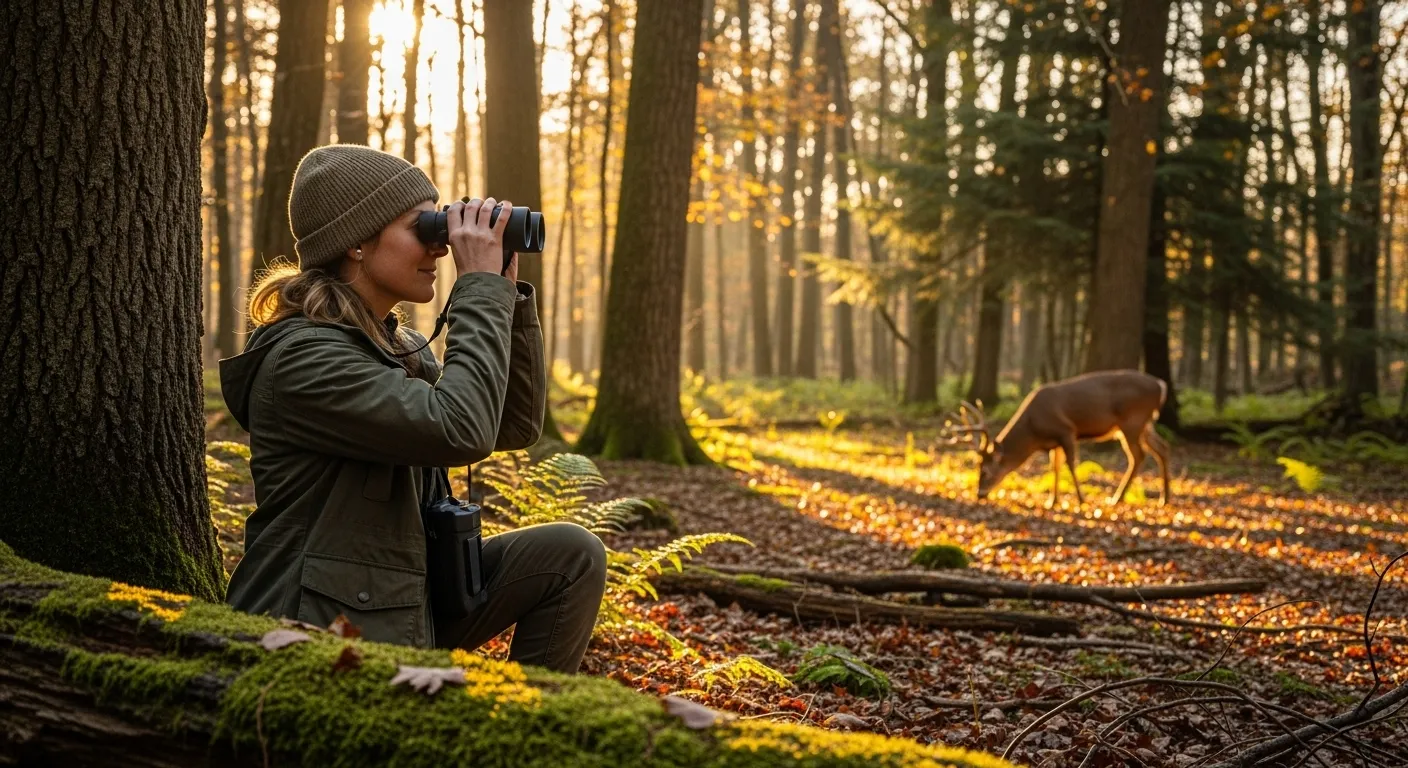
Your Next Steps as a Backyard Naturalist
Learning to identify animal tracks is a journey, not a destination. It is a skill that deepens over a lifetime of patient observation. The reward is a richer connection to the natural world and an appreciation for the complex lives unfolding just outside your door.
Here is how you can continue your journey:
Start Small and Local: Don’t try to learn every animal at once. This week, choose one common animal in your area—a squirrel, a rabbit, or a deer—and focus solely on finding and identifying its tracks and signs. Learn its gait, study its chew marks, and notice its trails. Deep knowledge of one species builds a strong foundation.
Keep a Nature Journal: Dedicate a notebook to your observations. Sketch the tracks you find, record your measurements, and write down your questions. Your journal will become a personal, hyper-local field guide and a treasured record of your discoveries.
Contribute to Citizen Science: You can turn your hobby into valuable data for researchers. Platforms like iNaturalist allow you to upload photos of tracks and other wildlife signs, where a community of experts can help with identification. This data helps scientists understand wildlife distribution and population health.
Create a Better Backyard Habitat: The most ethical way to see more wildlife is to create a healthy environment for them. Consider planting native trees, shrubs, and flowers that provide natural food and shelter. Organizations like the National Audubon Society have excellent resources for finding plants native to your specific area.
Every track in the mud is an invitation to be more curious, more observant, and more connected to the world around you. It is a reminder that even in our modern lives, we are surrounded by a vibrant, wild, and wonderful community. All we have to do is learn to read the stories they leave behind.
Disclaimer: This article is for educational purposes only. Always follow local laws and regulations regarding wildlife. Never approach, touch, or feed wild animals. For your safety and theirs, observe from a distance. In the event of a wildlife emergency or a public safety concern, contact your local animal control or state wildlife agency.















